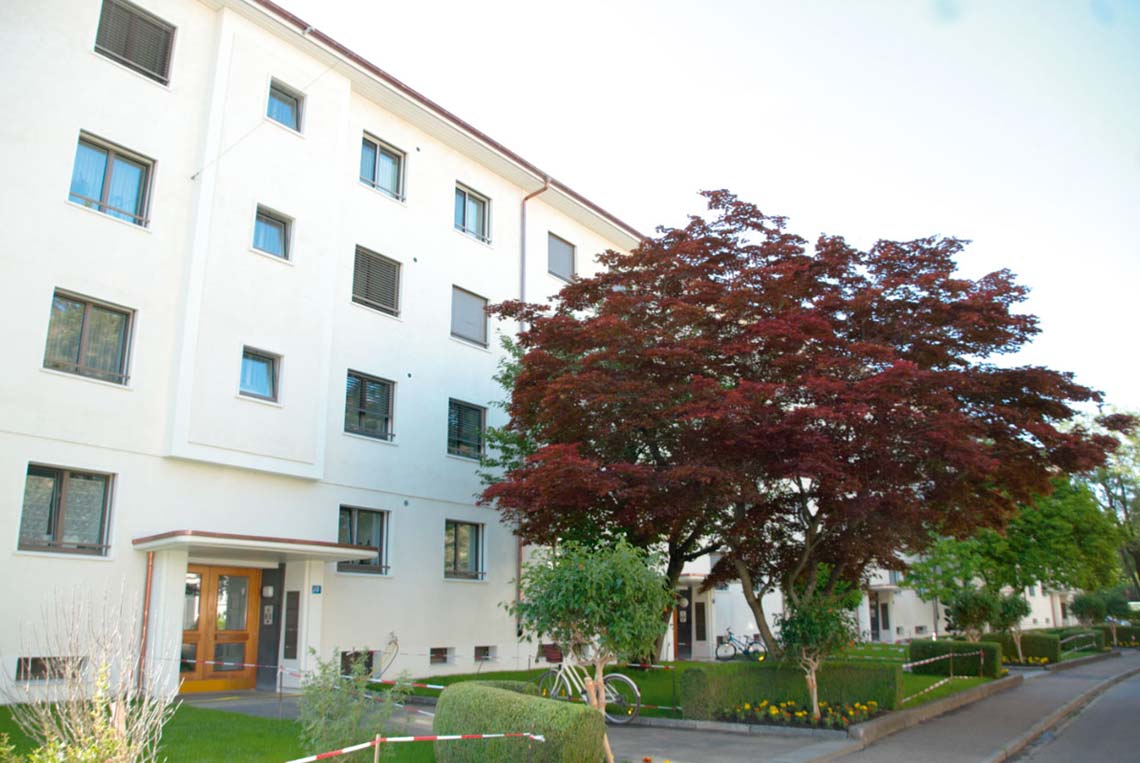Self-powered Bluetooth Beacons – Signal fires of the modern age
Issue 01-2017:
read all articles online
read as pdf
Beacons have been used to guide people for many centuries. Traditionally, they have been implemented as signal fires on top of a hill or a tower that can be seen from far away. This historic concept has more recently been augmented by a new class of radio transmitters called Bluetooth Beacon.
The functionality of modern Bluetooth beacons is very similar to their historic predecessors. They also periodically transmit information providing guidance to receivers about location and possibly additional parameters.
![]()
Determining location
Location information continues to be one of the most important parameters in our daily life. Bluetooth beacons can provide valuable help in establishing the exact location. They do so by transmitting specific status messages at regular intervals. The receiver of such messages can establish his distance from the transmitter based on the relation between the signal strength at the receiver versus the signal strength at which the signal was transmitted.
The relation between transmitted and received signal strengths is called the path loss. For precise location measurement, it is desirable to have a strong relation between path loss and distance. Small increases in distance should ideally correspond to large decreases in received signal strength to precisely establish the location. Based on standard path loss curves for the selected radio protocol and frequency, it is possible to determine the distance of the receiver from the sender.
Radio systems using 2.4 GHz – such as Bluetooth – are ideal for this type of application since their signals decline much faster with distance than sub 1 GHz radio signals such as EnOcean radio telegrams.
Flexible and maintenance-free location applications
In general, there are two classes of beacon-based location use cases. First one includes:
- Fixed transmitter, moving receiver
This is the classic beacon use case where the location of the transmitter (lighthouse) is fixed in a well-known location while the precise location of the receiver is unknown. A typical application would be indoor location information, i.e. the ability to establish ones exact location within an unknown building. Another typical use case is location-specific content, where for instance Visitors to an art gallery receive information about specific paintings in their immediate vicinity. - Moving transmitter, fixed receiver
This use case is typical for equipment tracking where the exact location of specific items needs to be determined. For instance, many airports provide wheelchairs for people needing special assistance. The availability (in use or available) and the exact location of available wheelchairs is often unknown requiring the airport to provide significant more wheelchairs than actually required.
Characteristic for both use cases is the need to have transmitting beacon devices that can be easily setup (either at defined locations or attached to certain equipment) and operate reliably without maintenance.
Energy supply
Beacons are required to frequently transmit their signals so that receivers can quickly and reliably establish their location. Transmission cycles of one second or less are common in these applications. The energy required for radio transmissions is of course strongly dependent on the transmission cycle. Short transmission cycles required for location beacons have a direct impact on the lifetime of battery-based solutions and therefore make energy harvesting beacons a better choice for applications where reliable, maintenance-free operation is required.
Thanks to Energy Harvesting technology, energy can be obtained from the surrounding environment. Light, for example, is one of the most popular sources of renewable energy. Using miniaturized solar modules, indoor light can also be used to supply electricity for ultra-low power wireless radio modules. Without need of batteries and cables, these solutions enable flexible and maintenance-free location applications.
Integrated intelligence
Bluetooth beacons can provide valuable additional information such as temperature, humidity or light level. This enables integrated intelligent solutions for energy monitoring and control with little impact on the existing infrastructure. For example, the room climate can be monitored precisely. All end points can transmit their data to a central system, which evaluates the information and makes decisions according to the requirements. These solutions help make buildings more flexible, more energy-efficient and more cost-effective.
New articles in EnOcean Insights
Top articles





